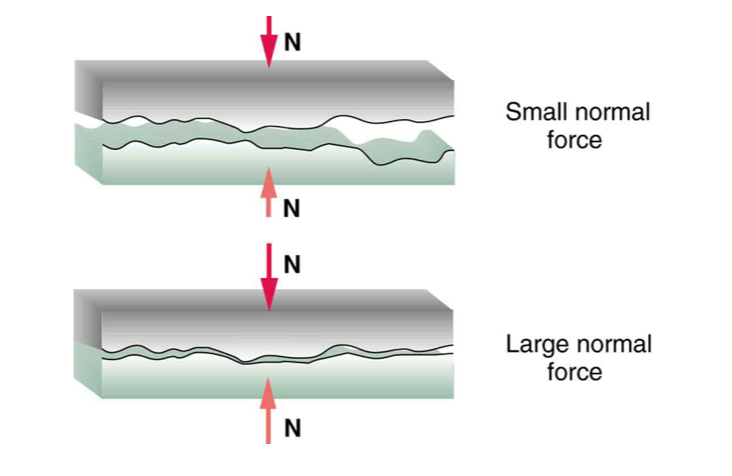Question
So far in our discussion of all things sports and physics here on Earth, we have not talked about the phenomenon that make it possible
So far in our discussion of all things sports and physics here on Earth, we have not talked about the phenomenon that make it possible to just walk across the room, which is friction and the closely related concept of drag. So we're in Part 1 Dr. Kruger and I are going to pull a Sir Mix-a-Lot and get "down to get the friction on."
When you rolled out of bed this morning and walked down the hall to the bathroom, the force that enabled you to walk down the hallway was friction. In the case of walking down the hallway it was "static" friction--meaning nothing was moving. Ah ha! I've got you thinking, "But wait a minute, I was moving down the hallway." Yes you were. Your center of mass was moving. more or less, at a constant speed down the hall, but think about each time you put one of your feet down, that foot, while it was on the floor, was stationary. That foot was pushing back on Mather Earth. Well, Mother Earth is very massive compared to you, and as we learned in Newton's three laws of motion, for every action, there is a reaction of equal magnitude in the opposite direction. Your puny force didn't move Mother Earth, but Mother Earth moved your center of mass forward. Then, once your center of mass was out over the base of support provided by your foot on the floor, instinctively your other foot came forward, plopped down on that cold morning floor, and pushed your center of mass forward some more.
How were your feet able to do that? We mean in terms of physics--not anatomy or biology--how were your feet able to push you forward... FRICTION! In this case static friction. Without static friction, this is what happens when you're trying to walk...
https://www.youtube.com/watch?v=jlxhq7DYLcE
In physics terms here is what is happening: When an object moves or attempts to move across a surface there is a force that is parallel to the surface. This is called the frictional force. There are three types of friction, static friction (when the two solid objects are stationary) kinetic friction (when two solid objects are moving relative to one another) and viscous drag, when a solid object is moving in a fluid. Viscous drag also applies to fly balls hit in major league stadiums all over the country. Due to the drag caused by our atmosphere on fly balls, the "school house" solution to how far a home run was hit calculated in a standard algebra-based physics class, using the problem solving techniques we applied to a high jumper, are almost laughable.
Let's look at what is going on in the picture below.


Step by Step Solution
There are 3 Steps involved in it
Step: 1

Get Instant Access to Expert-Tailored Solutions
See step-by-step solutions with expert insights and AI powered tools for academic success
Step: 2

Step: 3

Ace Your Homework with AI
Get the answers you need in no time with our AI-driven, step-by-step assistance
Get Started


